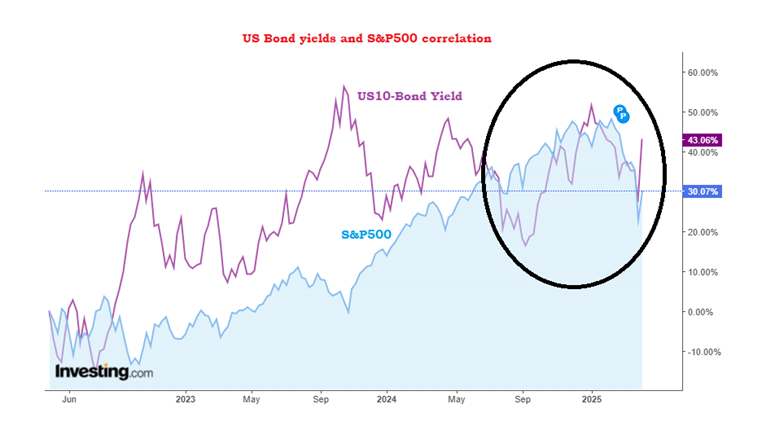Straitjacketing a crisis-2
Continuing from yesterday…( see here ) As I mentioned that the old narratives of the Smoot-Hawley Tariff Act (Tariff protection for domestic businesses), New Deal (Fiscal profligacy to stimulate economy) and Plaza Accord (fiscal and monetary manipulation by government/central banks to balance trade) do not fit the current circumstances, given the vastly different context. The efforts to fit the current U.S. President’s economic actions (and promises) related to trade, tariffs, and fiscal policy into historical molds, don’t align with today’s reality, and may be an exercise in futility. For example, consider the following: · In 1930, global trade was 5% of U.S. GDP, and the world economy was already in freefall post-1929 crash. In 2025, trade is a larger share of GDP (e.g., ~25% for the U.S.), but global supply chains are far more integrated, making outright trade wars costlier and less likely. Modern trade agreements (e.g., USMCA, W...


